Guest writer: Anna Nilsson Spets
As much as I love the tulip fields in Holland, the spring apple blossom in Limburg and often dream of the lavender fields in Provance, I would like to see the saffron fields in Iran.
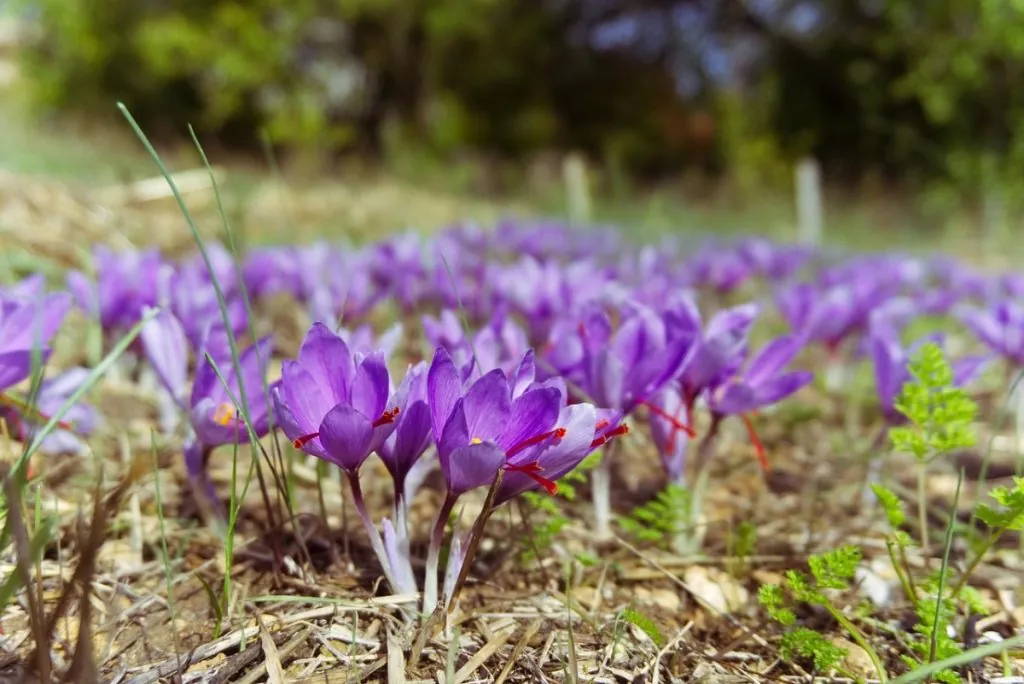
As early as 6000 years ago, saffron was mentioned on clay tablets from Mesopotamia, the part of the world where roughly southern/central Iraq, parts of Iran, Syria and Turkey are located today. Mentioned in the Bible and celebrated in the Iliad, it is said that Cleopatra took saffron baths.
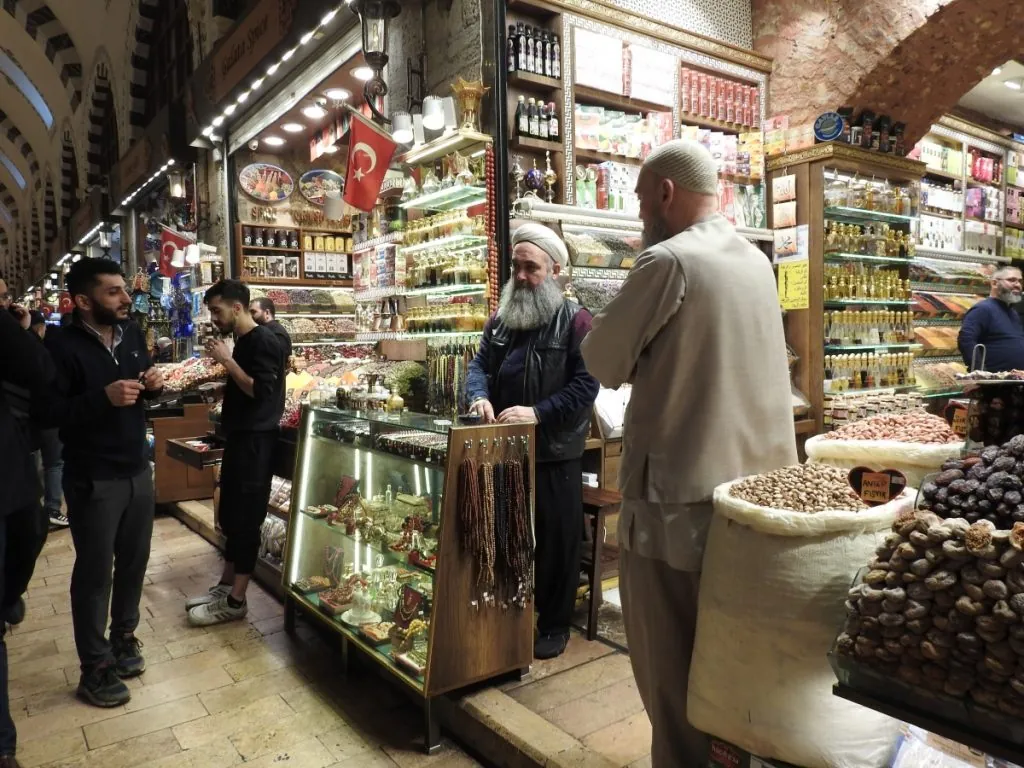
It's the most expensive spice in the world, it's harvested by hand and it takes patience and dexterous fingers to pluck the pistil marks from the centre of the saffron crocus.
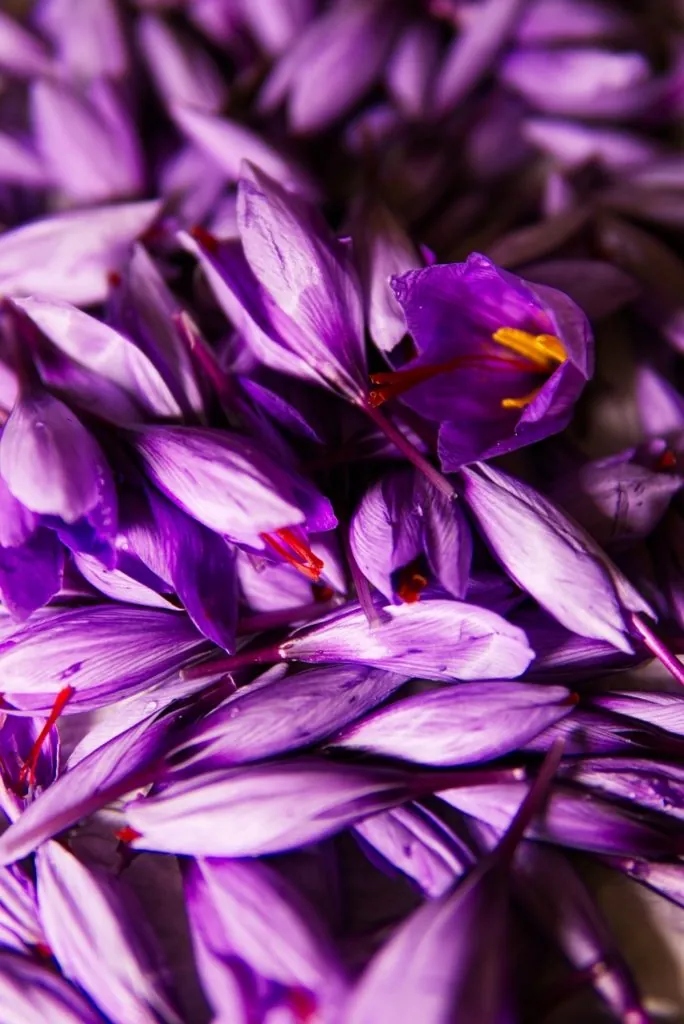
95 per cent of the world's saffron is grown in Iran, the rest in India, Greece and Spain. And yes, you can grow saffron crocus in Sweden too!
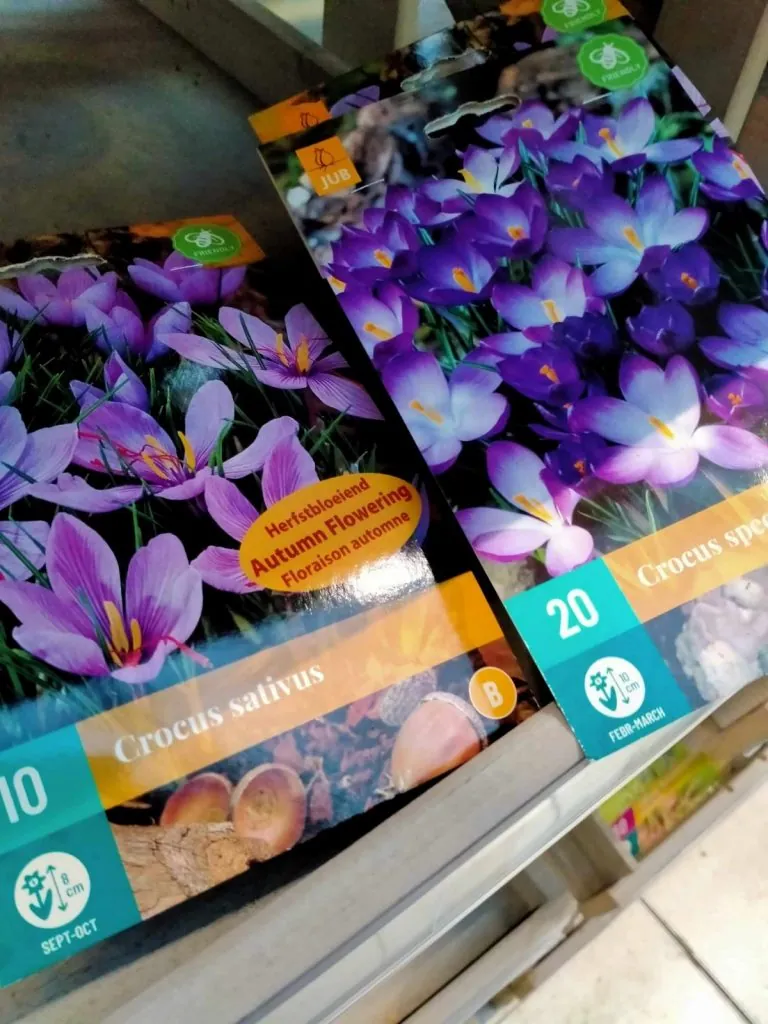
Saffron crocus, Crocus sativus, is a purple autumn flowering bulbous plant. It does not grow wild and has been created by mutation and artificial labour. There IS a wild flowering similar species with similar characteristics.
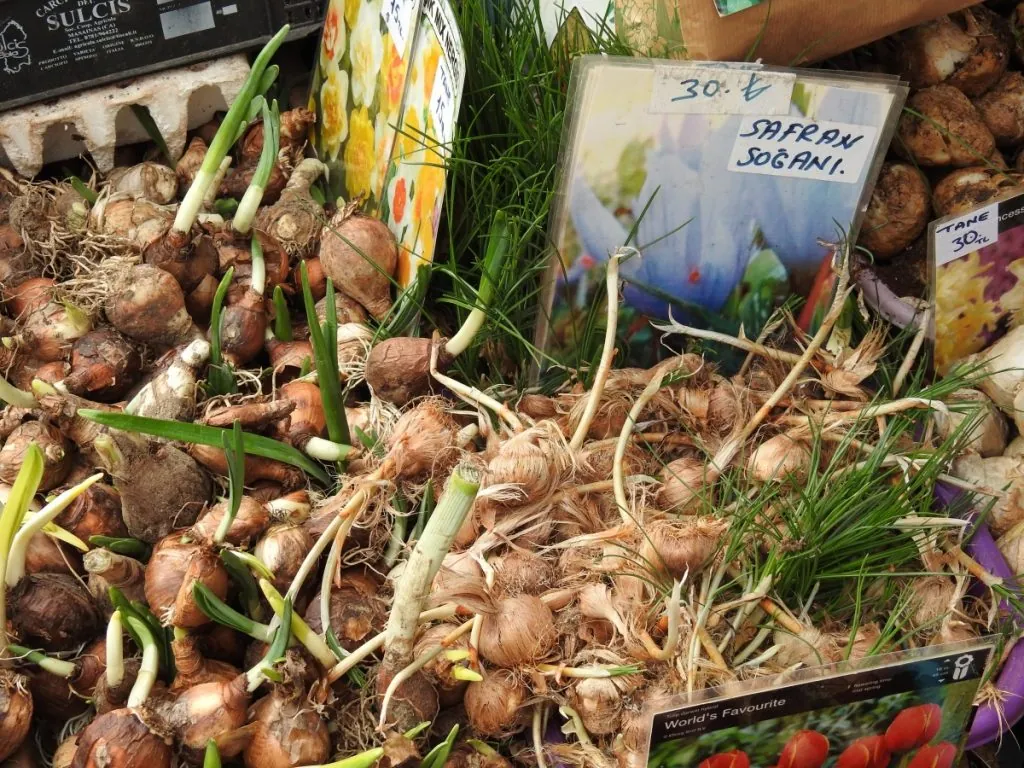
It takes 150,000 pistils to make just ONE kilo of saffron; a kilo of saffron of average quality costs around EUR 1,000.
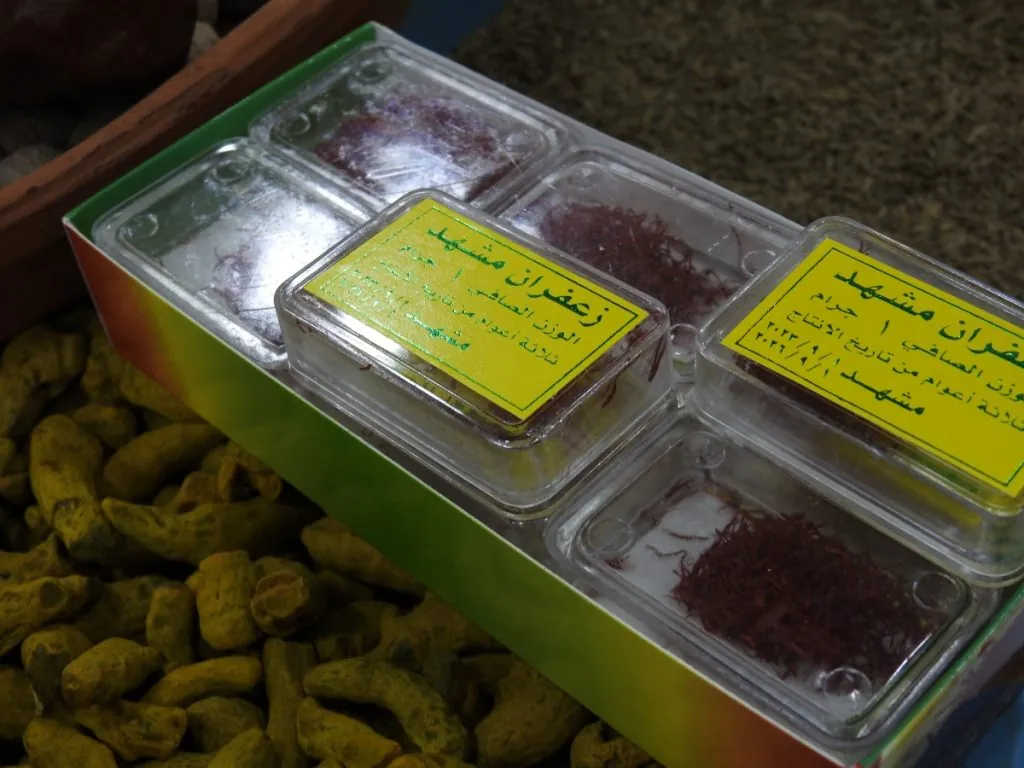
The price depends on colour, taste and aroma, and there is an international quality standard that is followed. The real saffron professionals can judge using the senses; eyes, nose, mouth.
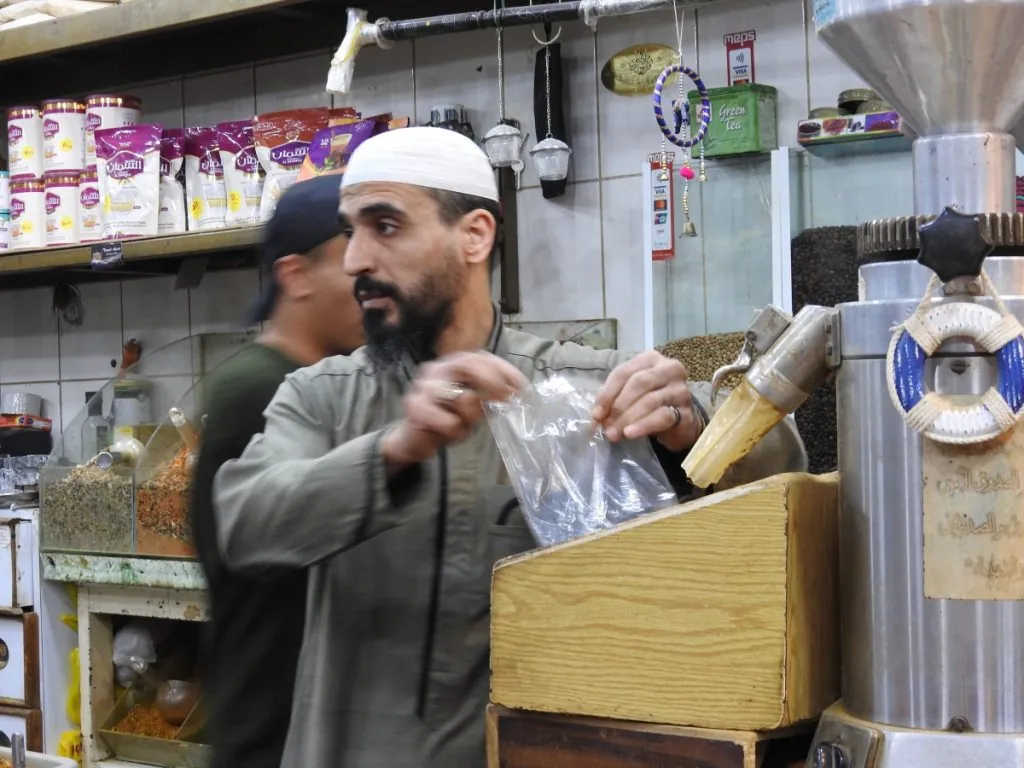
Cheating with saffron has been done since time immemorial, mixing it with marigold petals, safflower and turmeric. Safflower and turmeric can be used in cooking to add colour but definitely not flavour. Adding sugar and salt could also be added to cheat a higher weight.
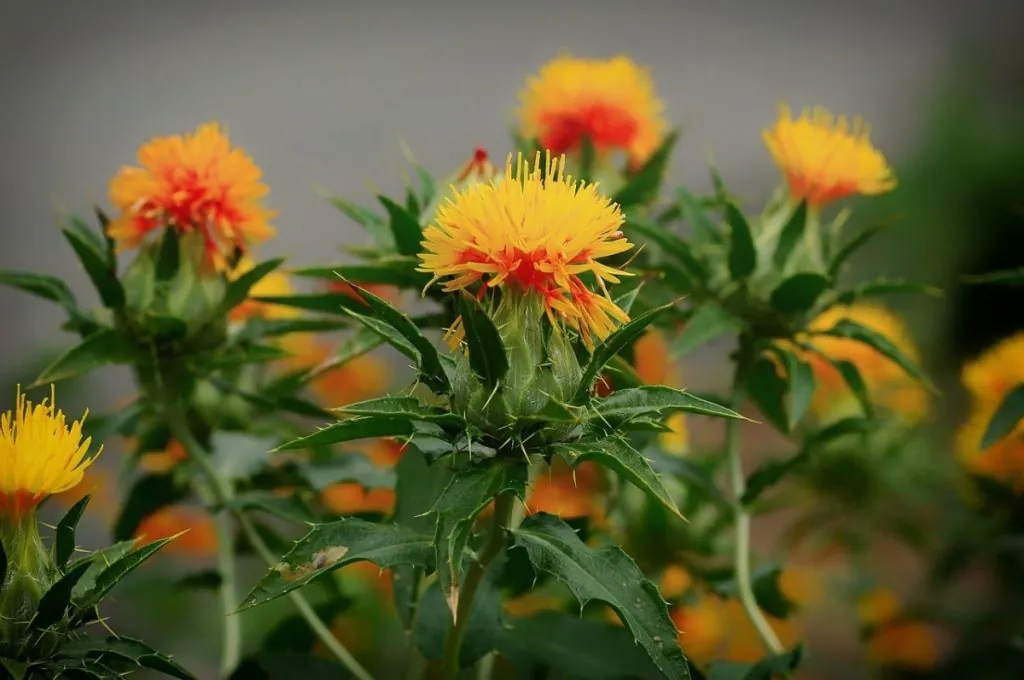
In the Middle Ages, Venice and Nurnberg were the main trading centres for saffron, special inspectors checked the product and if it was fake, you were sentenced to severe punishment, in the worst case you were buried alive or burned at the stake along with your fake products.
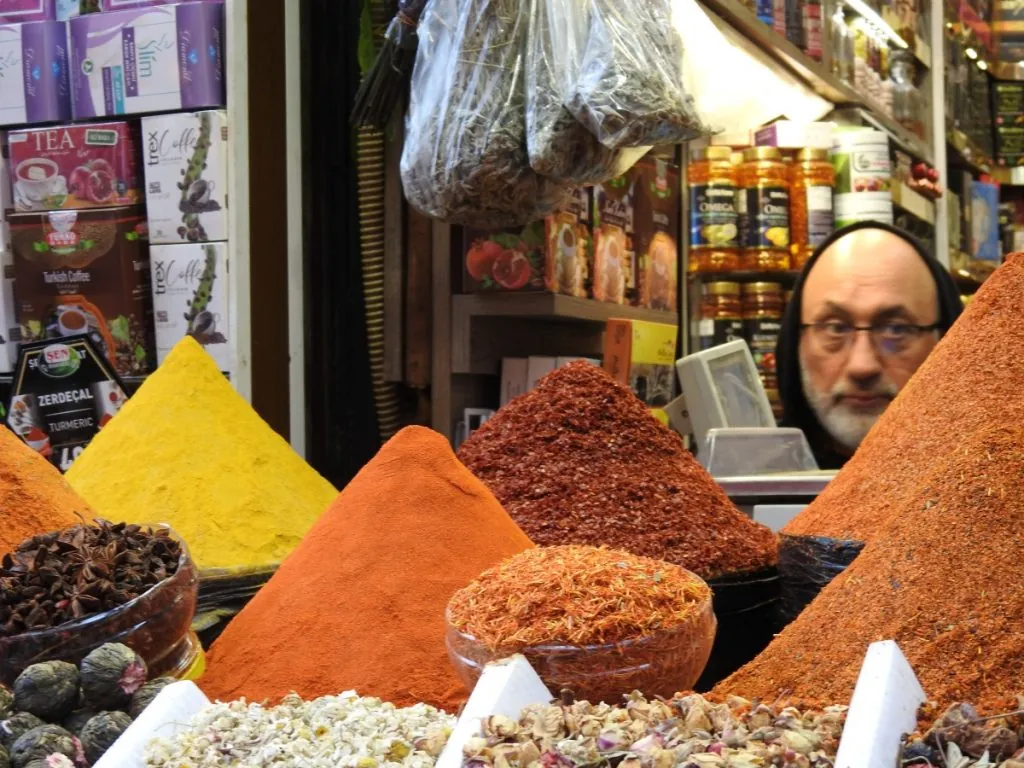
The word saffron itself comes from the Persian zafaran = to make yellow.
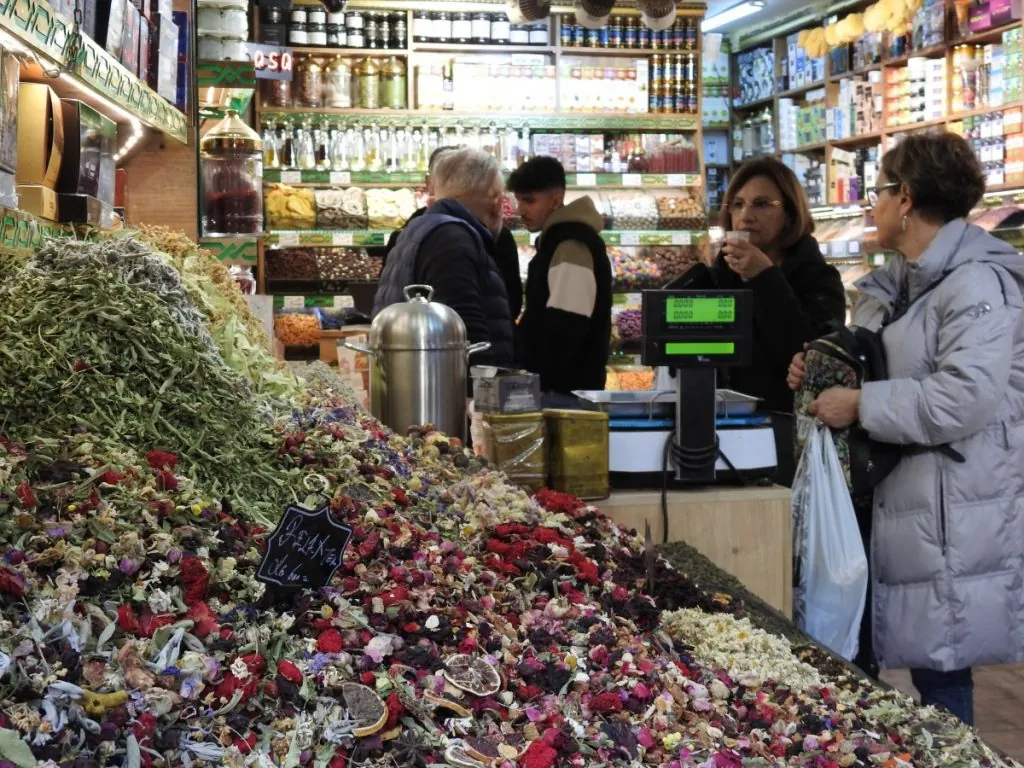
Saffron is strongly associated with Christmas, the Swedes love their lice cats or lussebullar! Other older and local names for the golden yellow buns are lussekuse or dövelskatt.
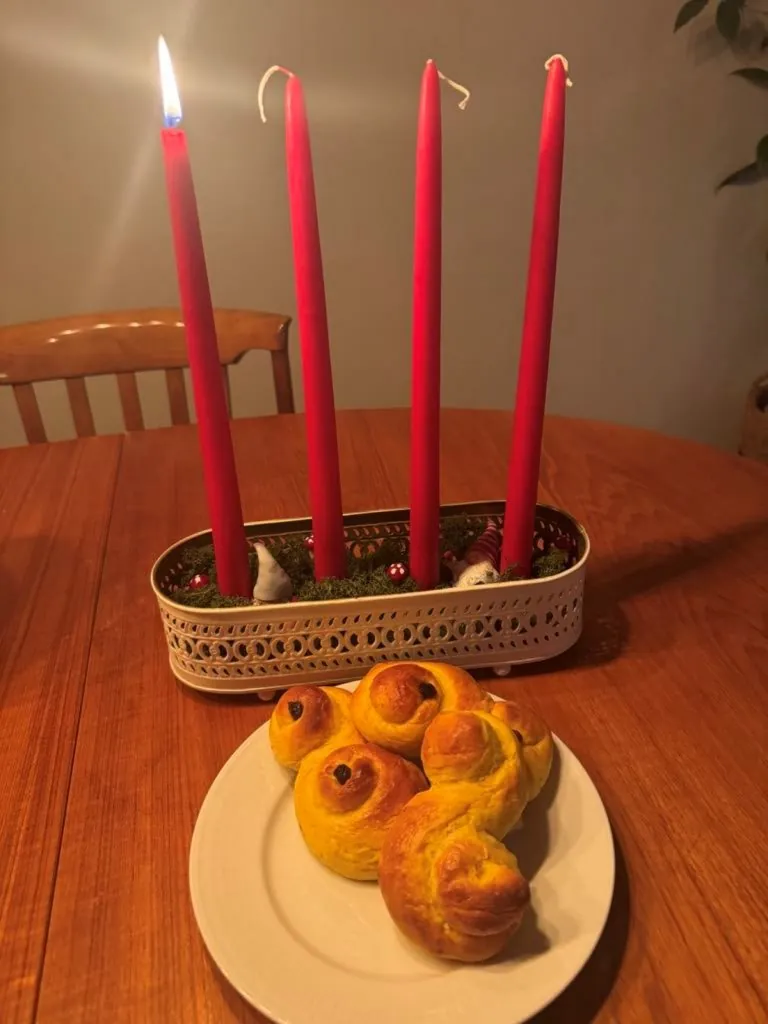
And why is it called "lussekatt"? The legend says that the devil in the guise of a cat gave children a beating, while Jesus in the guise of a child gave the children buns, coloured with saffron to keep the devil away. The devil was protecting the light. And the word lusse probably refers to Lucifer, the devil.
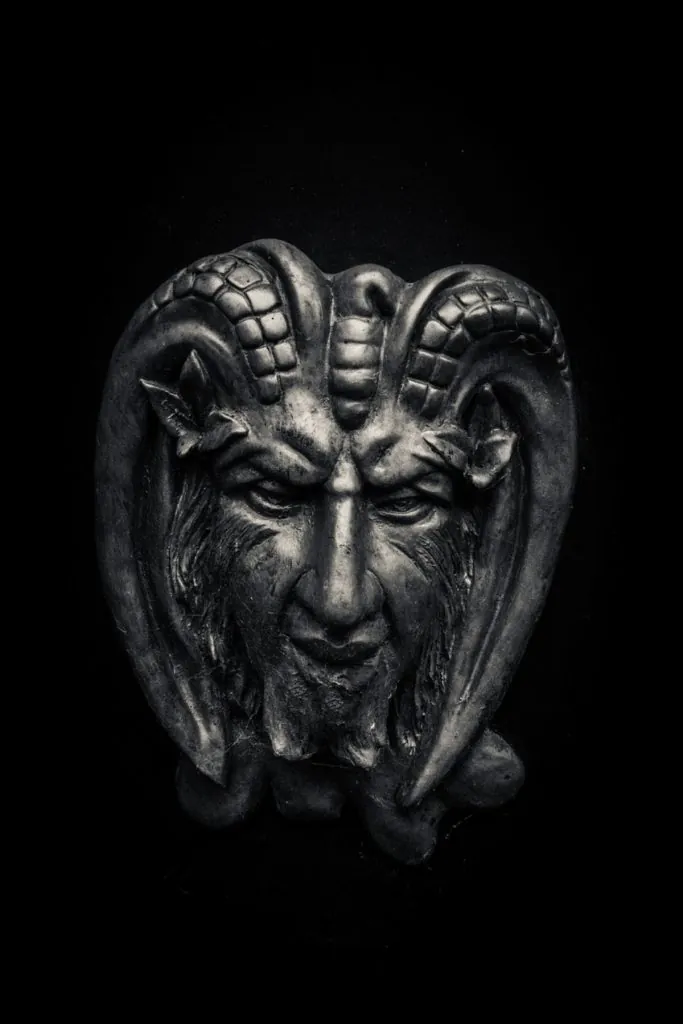
If you are on the Isle of the Gods, you must of course eat saffron pancake with salm berry jam, yum what good. It used to be a dish eaten after Christmas when it was made from the leftovers from the rice pudding.
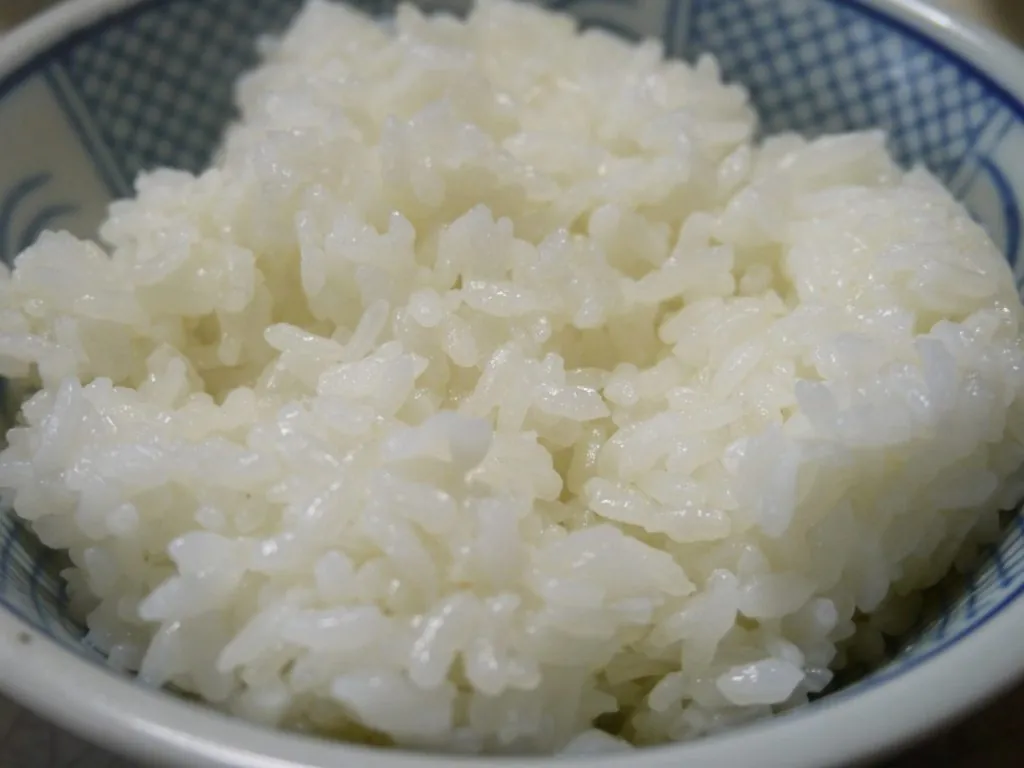
Colouring bread with saffron is a tradition from Sweden, Norway and Finland, a way to bring some light and warmth during the darkest time of the year.
Other countries and cultures have their traditions, France's bouillabaisse, Italy's paella and, as an ingredient, many dishes from faraway lands.
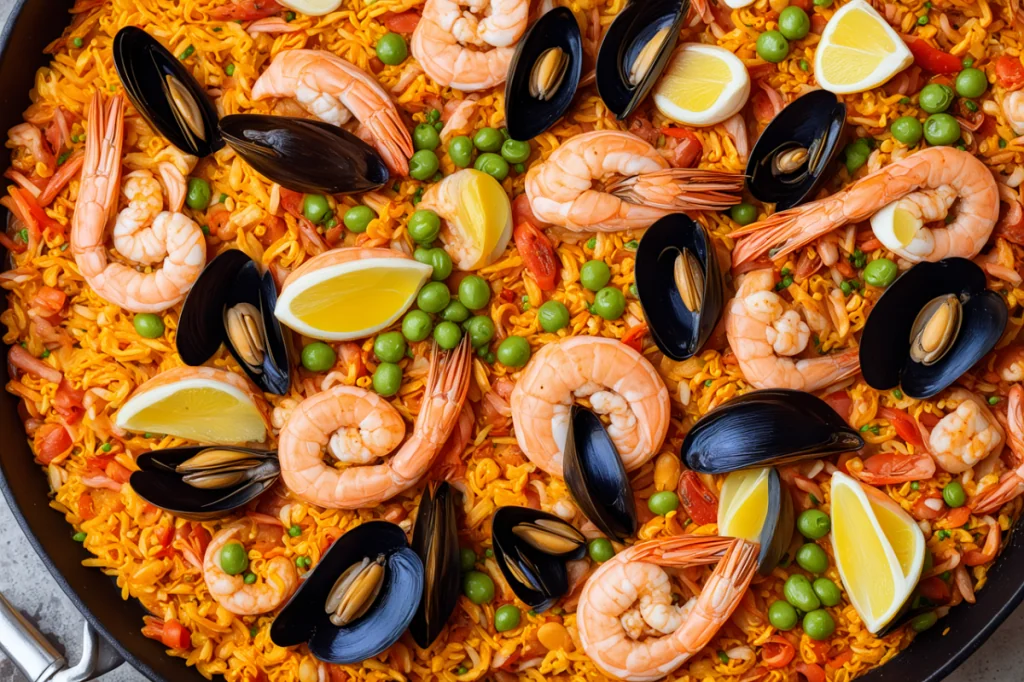
It has also been used as a dye for textiles and wool for thousands of years and still is today.

During the Middle Ages, our Swedish monasteries used saffron extensively, both as an edible and as a medicine. Saffron was a well-known medicinal plant, believed to cure the plague and leprosy, and even BACCOHOL!
However, Aunt Anna advises you to be careful with the intake of saffron (and spirits), the maximum recommended daily dose is 1.5 grams, saffron is actually toxic at higher intake.
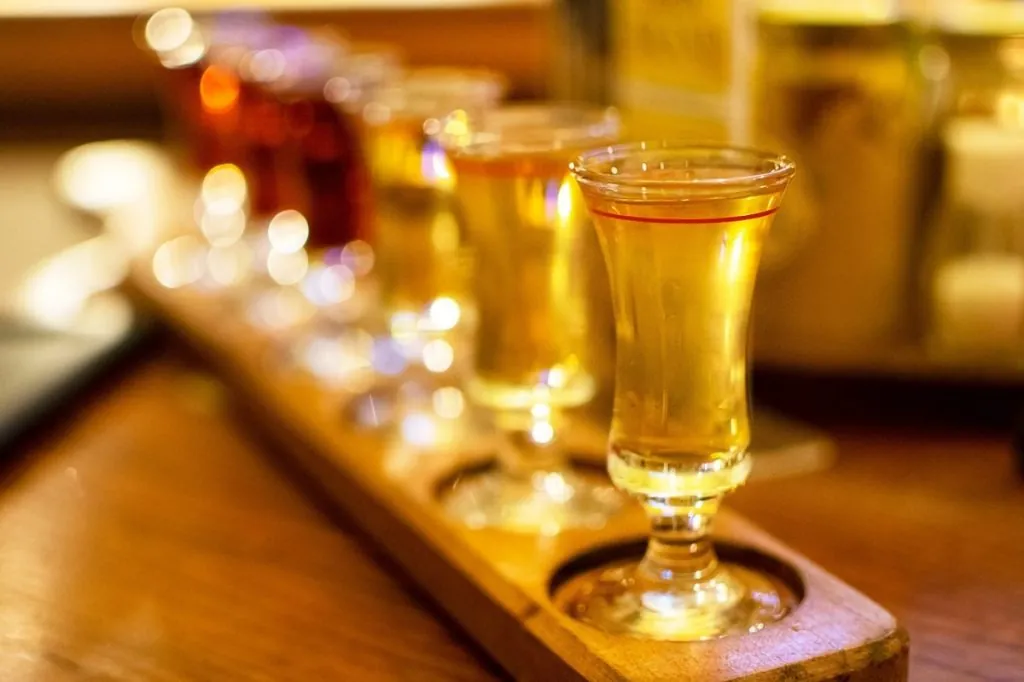
Moderation is a virtue.
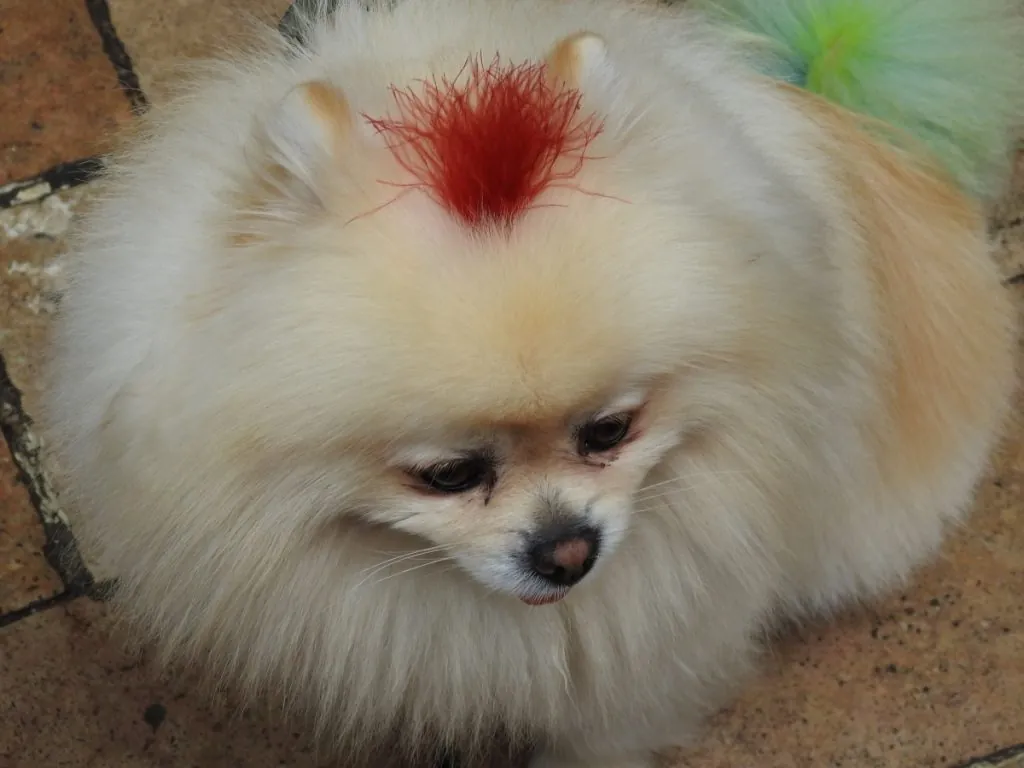
Does the pooch have saffron on his head?


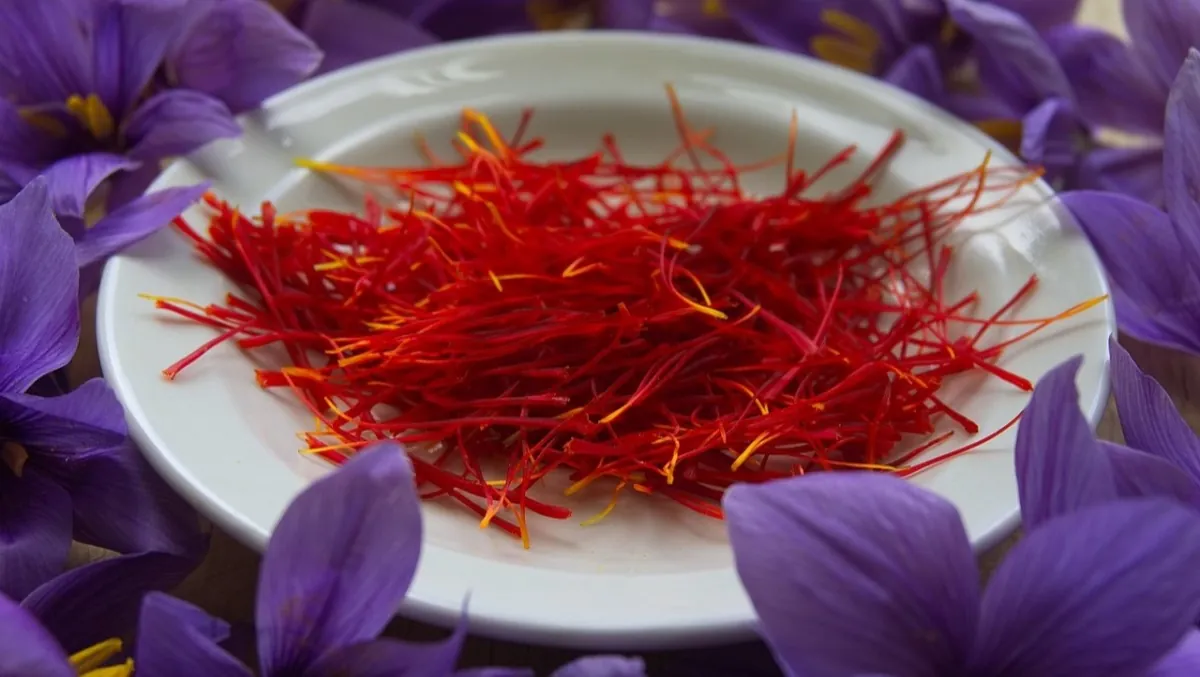






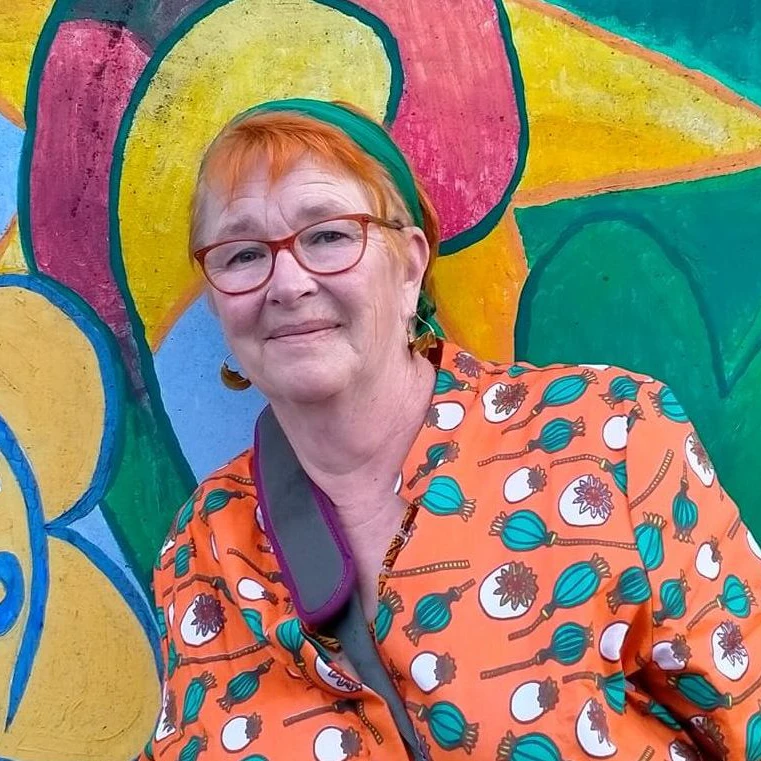
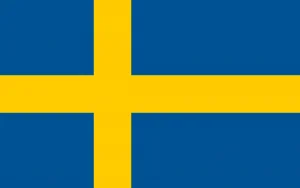
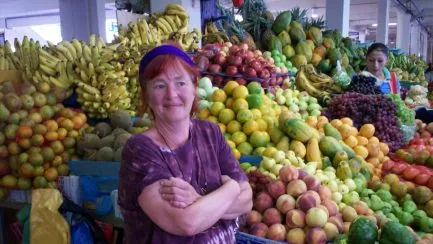
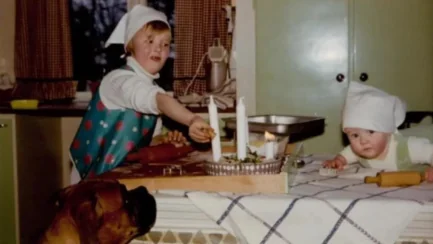

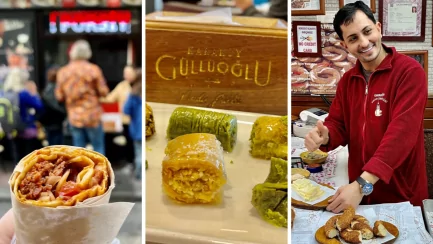
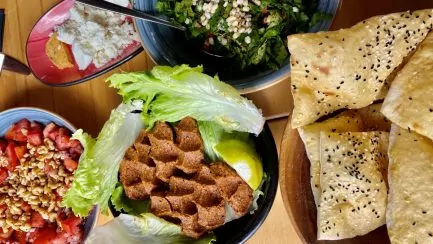
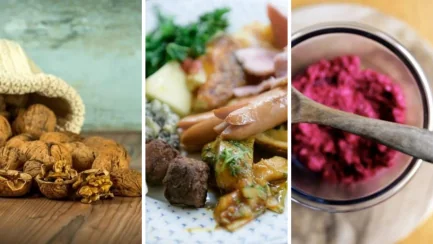



Bea Gielen says:
You write beautiful and interesting articles Anna. Nice to read.
11 December 2024 - 10:28
Anna Nilsson says:
Thank you Bea, I'm glad you read that.
11 December 2024 - 12:14
Lillan Child says:
So interesting to read about saffron. I would like to try to grow crocuses like that and maybe manage to produce a little gram of saffron :)
12 December 2024 - 0:30
Anna Nilsson Spets says:
The bulbs are usually available in the autumn range. After a couple of years, maybe... Thanks for reading and good luck.
12 December 2024 - 16:51